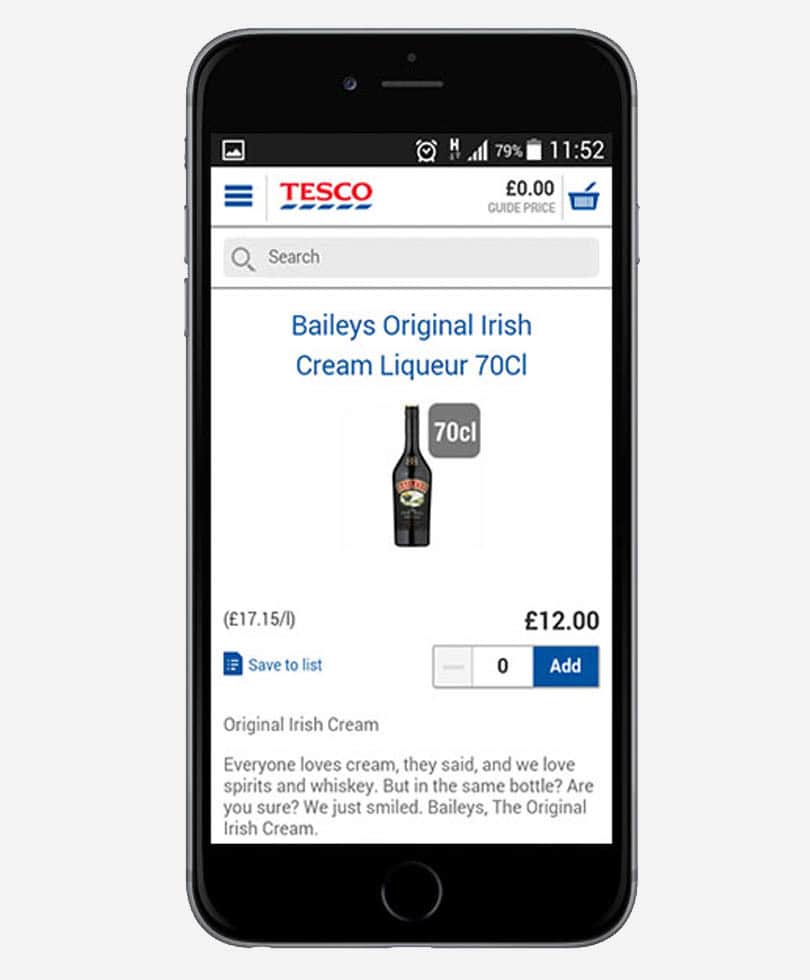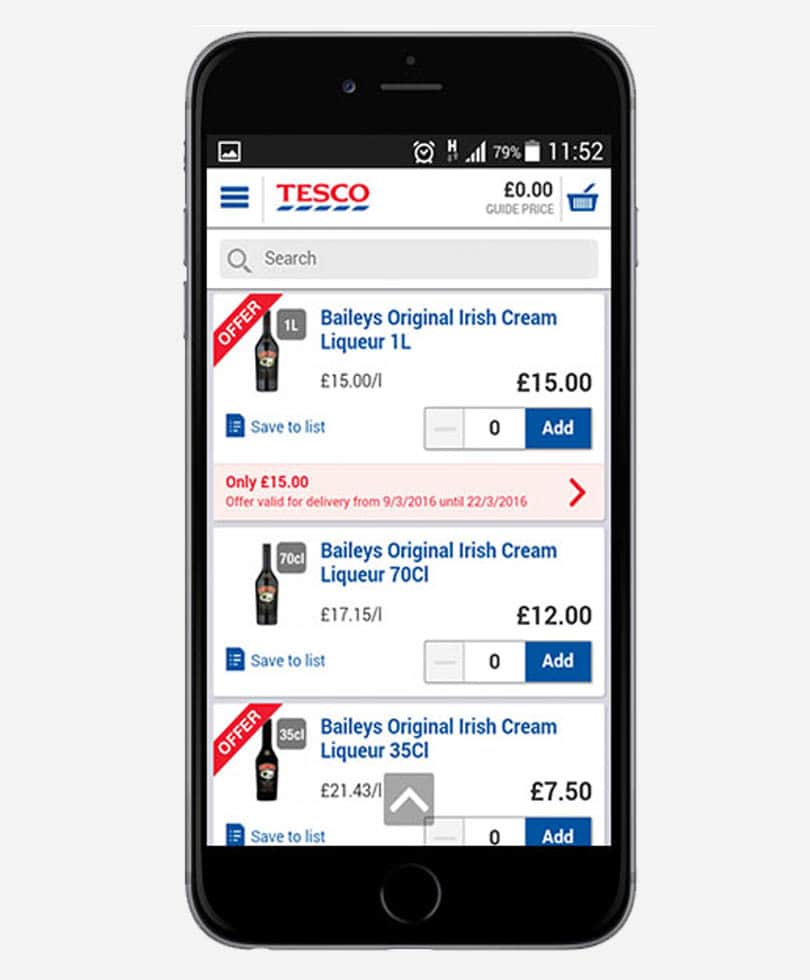Shelf Talk
lorem ipsum dolor set et
Online shopping is reminiscent of a scene from Charlie & The Chocolate Factory.
The children who found the golden tickets looked on in amazement as Mr Wonka and the Oompa-Loompas placed a giant chocolate bar in front of a camera then zapped it into a million pieces, only for it to reappear on a TV screen across the room – in miniature scale.
Shopping on line feels much the same. Carefully designed bottles that seduce on shelf, have shrunk to tiny thumbnails, maybe only half an inch tall on a mobile. If buying wine, you may also have to click for colour, grape and country before even seeing a bottle. At Majestic Wines, if you want to know more, a delightful young assistant will sing its organoleptic praises on video, but not a bottle in sight!
Yes, you can click to zoom, but first you must want to click. But even then, we are in miniature and the game has changed. No longer do you enter the purchase arena primarily via the bottle. Rather you have name, price, descriptor and increasingly a consumer star rating, all more dominant than the bottle. And who writes the descriptor? Who is giving the rating? Essentially, the brand owner is losing control to the retailer. They are curators and distributors not brand guardians or ambassadors, the miniature bottle an identifier rather than seducer. The emotion/reason balance moves towards the rational. But colder and less intriguing.
How can brands be in the forefront of shoppers’ minds when they don’t have a physical product to touch. At a time when multisensory marketing is growing, this is counterintuitive. Established brands fare better than new ones, the overall look is familiar and therefore recognizable. For new brands, on line is seriously challenging.
But how important is online purchase for alcohol anyway? Some say 10%. What all agree is that it is growing fast. There is nothing heavier than bottles of wine to carry home and as more people shop locally, without cars, it could surely become very significant. So what to do?
Design has always evolved with technology. Rather than see this as a problem it is a compelling opportunity.


Let’s start with scale. Small scale. Identity design typically considers different applications for different media, from company HQ to business cards. Brand packaging looks to ‘actual size.’
Shape and colour can be used to effect. Set against a white ground, they have a chance to work hard. Think how effective App designs are. Small can be powerfull. Digital representation should be part of every design brief.
And copy is increasingly important. Where it once might have lived on back of pack, now it is alongside front of pack image. This is the start of the brand experience – crafted words that tell a compelling story. If the retailer is writing their own descriptors, brand owners could provide the words that reveal the character not just of the product, but of the brand.
Retailers can take inspiration from the online fashion retail world and dial up the visual execution that appears on their sites. E-commerce sites such as ASOS and Burberry are populated with media, showcasing brands in context, on the catwalk, moving, alive with visual metaphors and styling. Why not experiment with the same approach on a grocery shopping website? Many brands already have these visual assets created for Instagram and other social media platforms.
Designing for the digital shelf offers up a whole new world of design to explore. We must help brand owners and online retailers navigate it. Any action we take is a positive step forward. In an accelerating digital world, the worst action is inaction.




